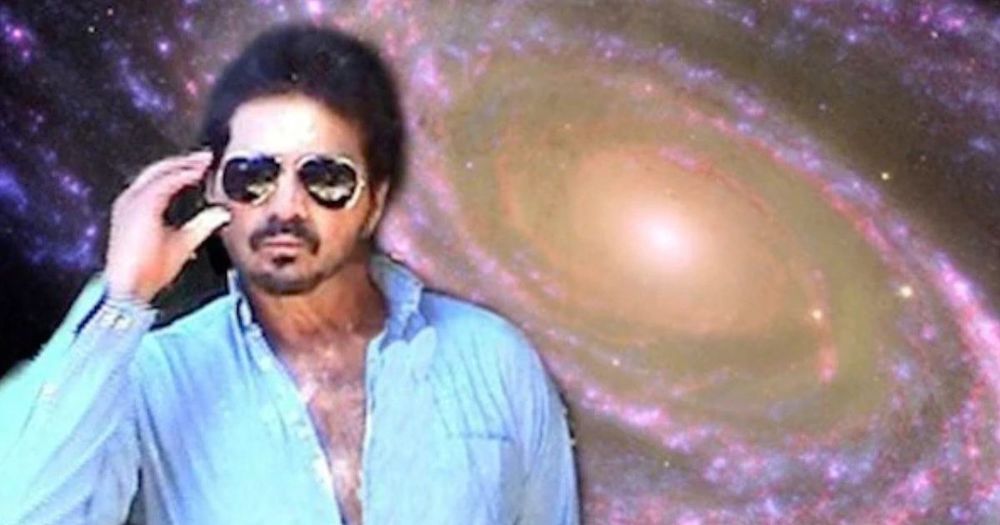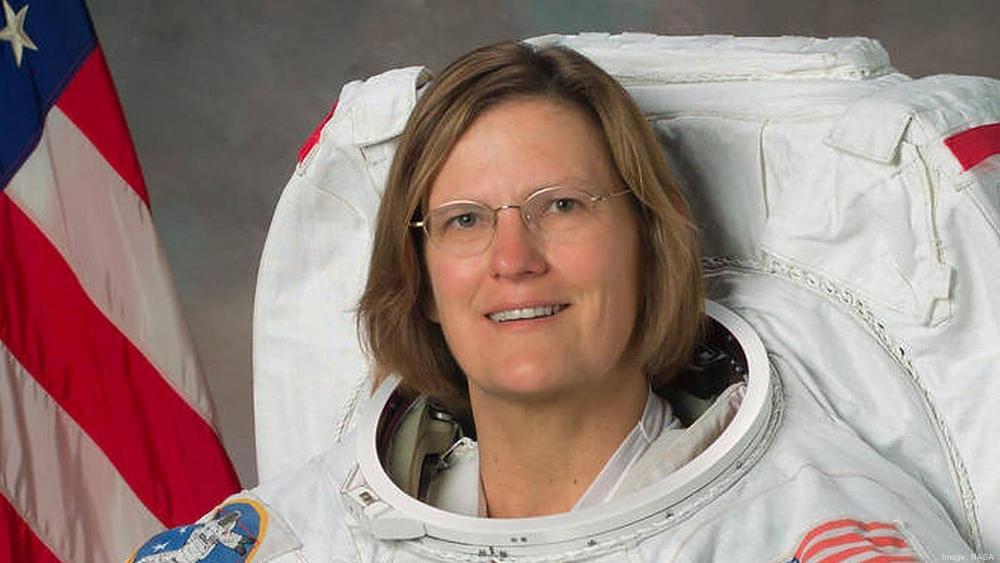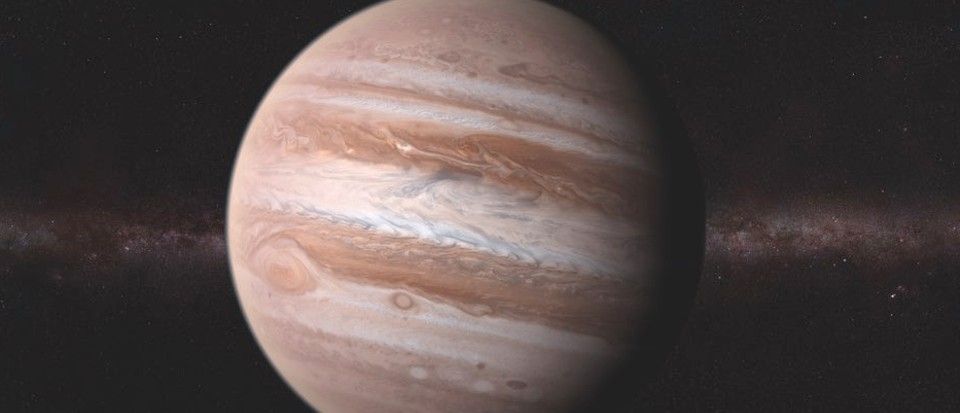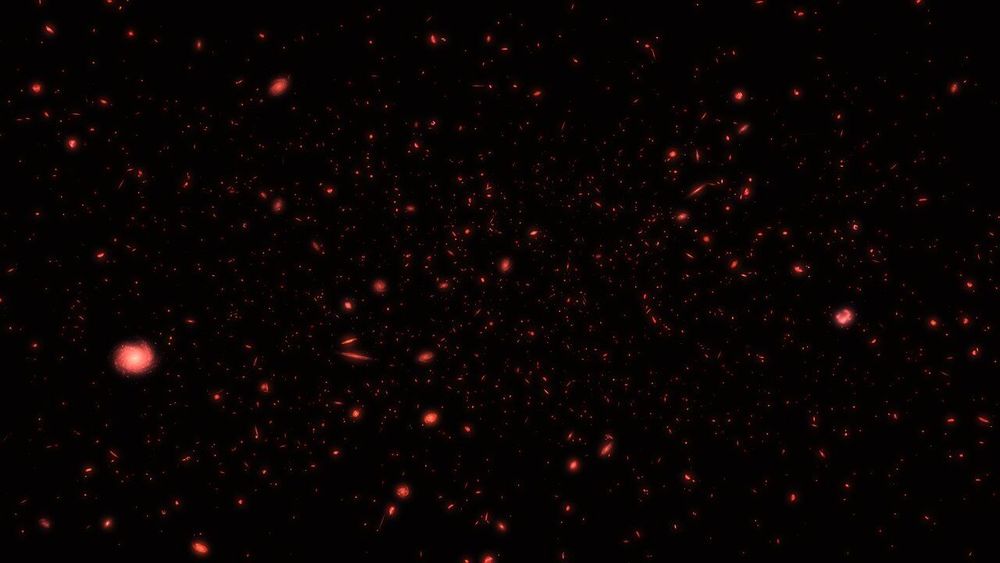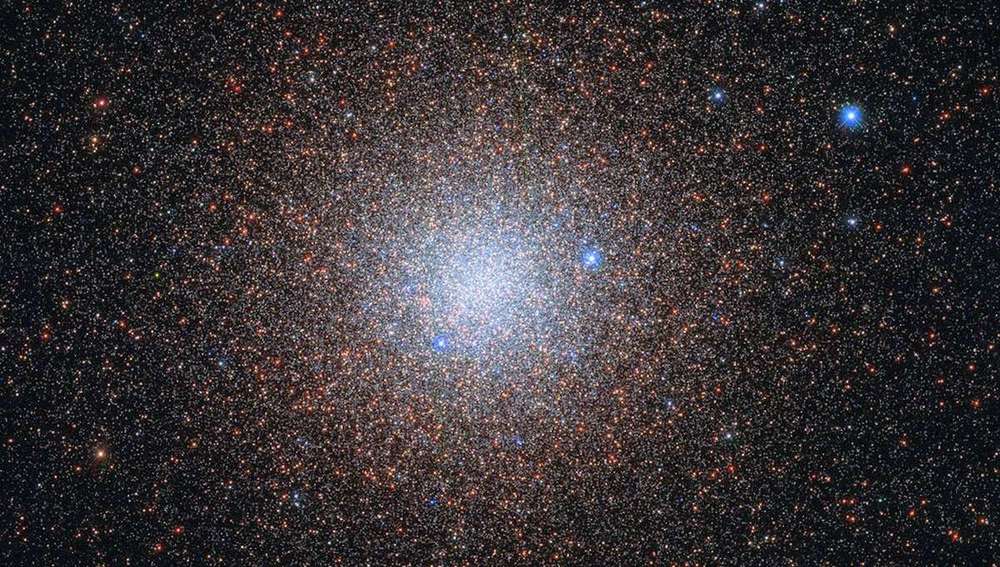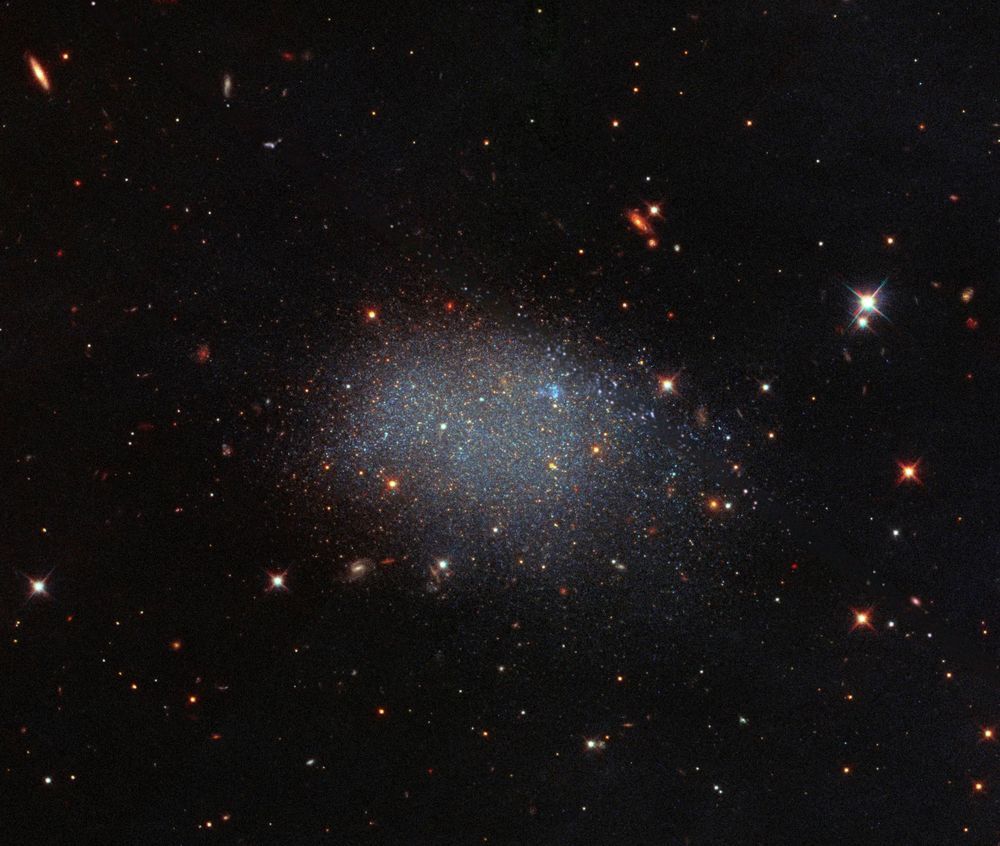Extreme graphics: 3.
A new power is born out of the ancient Pyramid ship above Europa’s frozen frontier, and a dark empire has risen beneath, united under the banner of the Fallen Kell of Darkness, Eramis. Join your fellow Guardians and bring down the empire at any cost – even if it means wielding the Darkness itself.
As the new threat emerges, so too does a mysterious new power – Stasis. Rooted in Darkness, Guardians will wield this new elemental power alongside Arc, Solar, and Void to dominate the battlefield. Titans, Warlocks, and Hunters each use Stasis in a different way, from slowing down foes with Stasis fields to encasing and shattering enemies with destructive might.
Pre-Order Beyond Light: bung.ie/BeyondLight
FOLLOW DESTINY:
Facebook: https://www.facebook.com/DestinyTheGame
Twitter: https://www.twitter.com/destinythegame
Instagram: https://www.instagram.com/destinythegame
Discord: http://www.discord.gg/destinygame
FOLLOW BUNGIE:
Facebook: https://www.facebook.com/Bungie/
Twitter: https://www.twitter.com/bungie
Instagram: https://www.instagram.com/bungie/
⠀ ⠀ ⠀ ⠀
Dive into the free-to-play world of Destiny 2 to experience responsive first-person shooter combat, explore the mysteries of our solar system, and unleash elemental abilities against powerful enemies. Create your Guardian and collect unique weapons, armor, and gear to customize your look and playstyle. Experience Destiny 2’s cinematic story alone or with friends, join other Guardians for challenging co-op missions, or compete against them in a variety of PvP modes.
